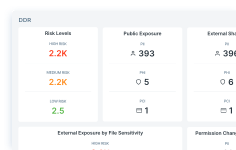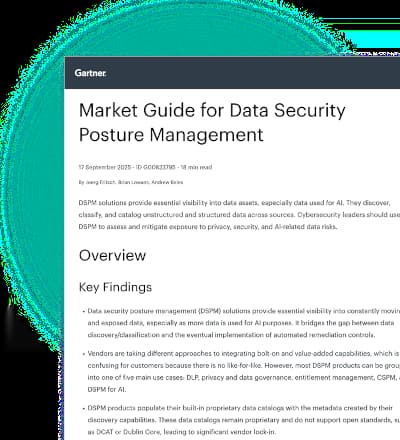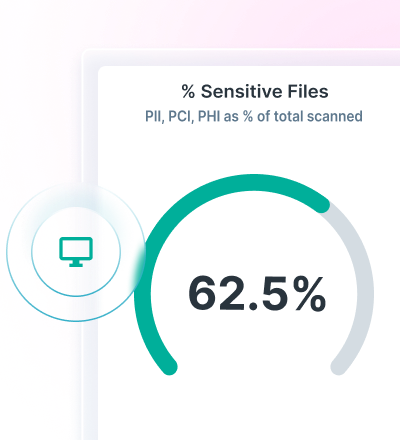X-Labs
Get insight, analysis & news straight to your inbox

SharePoint Data Access Governance: Secure Your Business Data with Confidence

Tim Herr
October 22, 2025

Effective Data Access Governance Use Cases for Modern Enterprises

Lionel Menchaca
October 21, 2025

Top Data Access Governance Tools and How to Choose the Best

Tim Herr
October 20, 2025

Inside the AI Cybersecurity Arms Race

Jyotika Singh
October 17, 2025

8 Best Practices for Effective Data Access Governance

Lionel Menchaca
October 16, 2025

Complete Guide to Data Access Governance for Modern Enterprises

Lionel Menchaca
October 15, 2025

Top 5 Takeaways from Forcepoint AWARE 2025

Lionel Menchaca
October 14, 2025

X-Labs Q3 2025 Threat Brief: Obfuscated JavaScript & Steganography Enabling Malware Delivery

Mayur Sewani
October 8, 2025

Forcepoint DSPM Adds Structured Data Support for Enterprise Databases

Corey Kiesewetter
October 7, 2025

Eliminate DLP Blind Spots: Why Forcepoint Beats Netskope

Tim Herr
October 2, 2025

Stop WhatsApp Data Leaks with Forcepoint and Tuvis Integration

Neeraj Nayak
September 29, 2025











